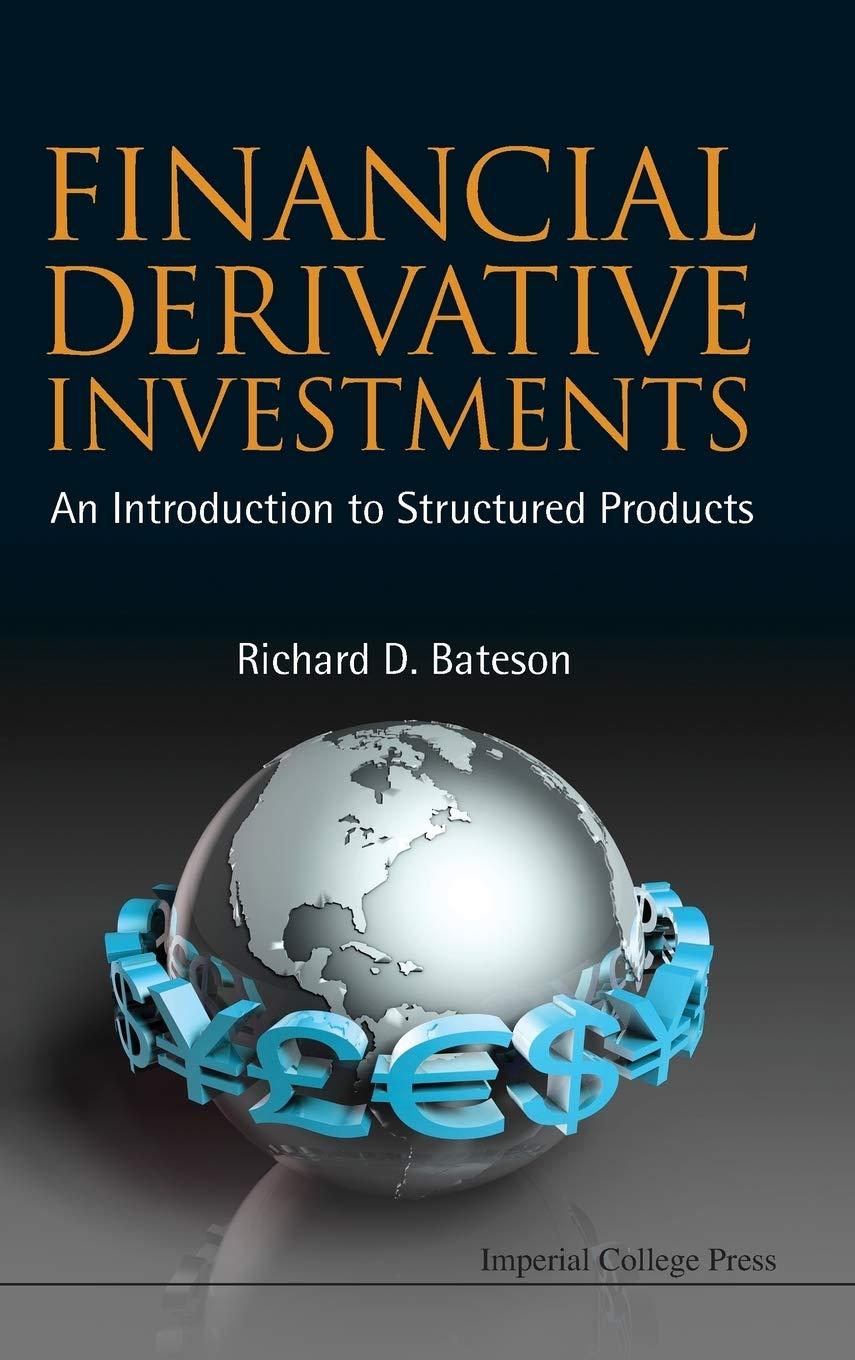Question
Jabulani is 53 years old. He works as a sales representative for a large medical business. For the 2020 year of assessment, in addition to
Jabulani is 53 years old. He works as a sales representative for a large medical business. For the 2020 year of assessment, in addition to his cash salary of R800 000, Jabulani had the following employment benefits: i) Jabulanis employer funded his daughters high school fees, amounting to R75 000 for the year. ii) He received a travel allowance of R10 000 per month. Jabulani uses his own car for business travel, which he purchased new on 1 March 2014 for R380 000. The maintenance plan lasted for five years, coming to an end on 28 February 2019. The travel allowance Jabulani received is meant to cover all business travel expenses. Jabulani travelled 55 000 kms in the year, of which 38 000 related to business travel. He spent R38 750 on fuel for the year and R8 000 replacing his tyres. Jabulani incurred a further R9 000 servicing his car at regular intervals during the year. iii) When he is away from home on business, Jabulani receives an allowance of R500 per day to cover meals and incidental expenses. His employer arranges all accommodation directly and also settles the bill directly. Jabulani is not required to account to his employer for the R500 per day spend, but may claim compensation if expenses greater than the allowance are incurred. Jabulani keeps accurate records. During the year Jabulani spent 40 nights away from home on business. On most trips, he only spent R200 per day but on one two-night stay, he was joined by one of the Page 9 of 10 company directors and had to pay for dinner with clients. This dinner amounted to R4 000. Jabulani claimed R3 700 to cover the additional expense above his allowance. The director had authorised the expense before Jabulani made payment. Required: Calculate Jabulanis taxable income for the 2020 year of assessment. Note should indicate by the use of a zero any amounts which are not taxable or not deductible.
PLEASE NOTE
Unless otherwise specified, only the following rules for taxation of corporate profits will be relevant, other taxes can be ignored: Accounting rules on recognition and measurement are followed for tax purposes. All expenses other than depreciation, amortisation, entertaining, taxes paid to other public bodies and donations to political parties are tax deductible. Tax depreciation is deductible as follows: o 50% of additions to property, plant and equipment in the accounting period in which they are recorded; o 25% per year of the written-down value (i.e. cost minus previous allowances) in subsequent accounting periods except that in which o the asset is disposed of; o No tax depreciation is allowed on land; The corporate tax on profits is at a rate of 28%. No indexation is allowable on the sale of land. Tax losses can be carried forward to offset against future taxable profits from the same business. Value Added Tax Country X has a VAT system which allows entities to reclaim input tax paid. In country X the VAT rates are: o Zero rated 0% o Standard rated 15% o Exempt goods 0%
Step by Step Solution
There are 3 Steps involved in it
Step: 1

Get Instant Access to Expert-Tailored Solutions
See step-by-step solutions with expert insights and AI powered tools for academic success
Step: 2

Step: 3

Ace Your Homework with AI
Get the answers you need in no time with our AI-driven, step-by-step assistance
Get Started


